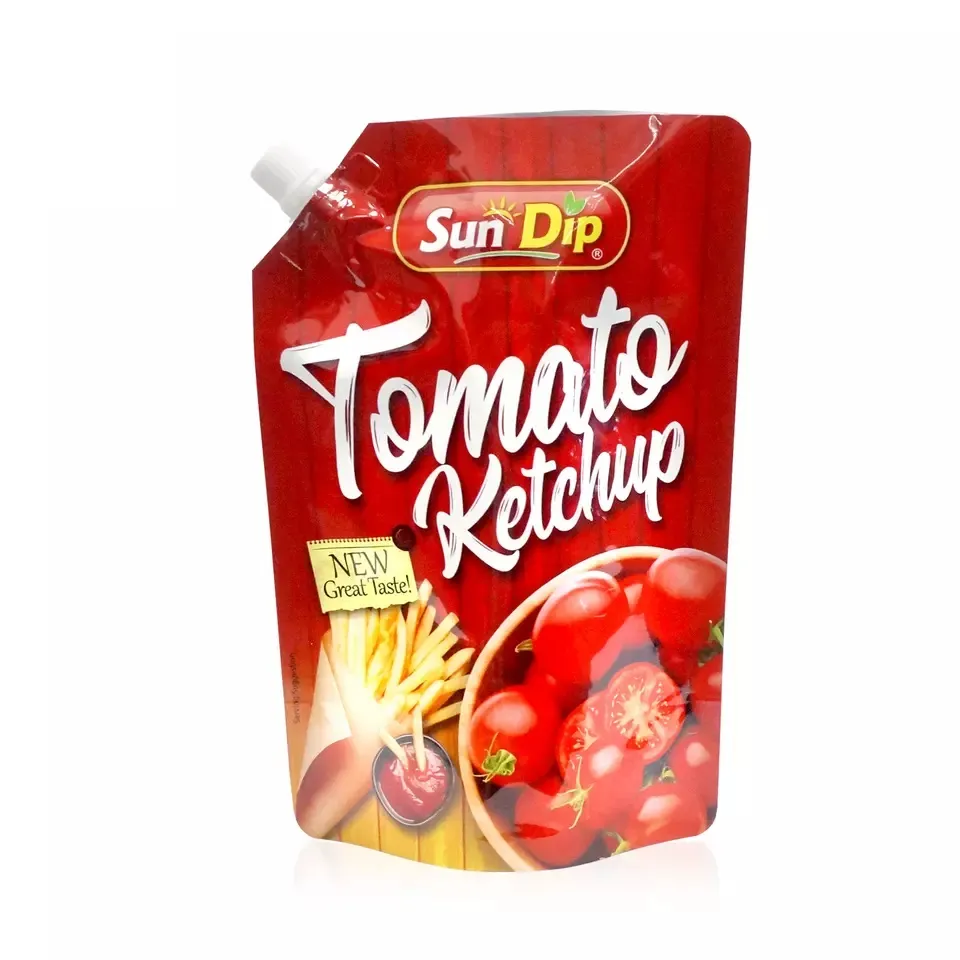- Afrikaans
- Albanian
- Amharic
- Arabic
- Armenian
- Azerbaijani
- Basque
- Belarusian
- Bengali
- Bosnian
- Bulgarian
- Catalan
- Cebuano
- chinese_simplified
- chinese_traditional
- Corsican
- Croatian
- Czech
- Danish
- Dutch
- English
- Esperanto
- Estonian
- Finnish
- French
- Frisian
- Galician
- Georgian
- German
- Greek
- Gujarati
- haitian_creole
- hausa
- hawaiian
- Hebrew
- Hindi
- Miao
- Hungarian
- Icelandic
- igbo
- Indonesian
- irish
- Italian
- Japanese
- Javanese
- Kannada
- kazakh
- Khmer
- Rwandese
- Korean
- Kurdish
- Kyrgyz
- Lao
- Latin
- Latvian
- Lithuanian
- Luxembourgish
- Macedonian
- Malgashi
- Malay
- Malayalam
- Maltese
- Maori
- Marathi
- Mongolian
- Myanmar
- Nepali
- Norwegian
- Norwegian
- Occitan
- Pashto
- Persian
- Polish
- Portuguese
- Punjabi
- Romanian
- Russian
- Samoan
- scottish-gaelic
- Serbian
- Sesotho
- Shona
- Sindhi
- Sinhala
- Slovak
- Slovenian
- Somali
- Spanish
- Sundanese
- Swahili
- Swedish
- Tagalog
- Tajik
- Tamil
- Tatar
- Telugu
- Thai
- Turkish
- Turkmen
- Ukrainian
- Urdu
- Uighur
- Uzbek
- Vietnamese
- Welsh
- Bantu
- Yiddish
- Yoruba
- Zulu
offset printing trends
Trends in Offset Printing A Comprehensive Overview
Offset printing, a dominant force in the world of print production, continues to evolve in response to technological advancements, environmental concerns, and changing consumer demands. As we navigate through 2023, several trends emerge in offset printing, shaping the industry’s future and redefining best practices.
1. Digital Integration
One of the most significant trends influencing offset printing is the seamless integration of digital technology. Print service providers are leveraging digital tools to enhance the offset printing process. This integration allows for shorter run lengths, quicker turnarounds, and greater personalization in print jobs. Hybrid printing solutions that combine offset printing with digital workflows enable printers to meet varied customer demands effectively. This blend not only improves efficiency but also lowers production costs for short runs, making high-quality printing accessible to small businesses and startups.
2. Sustainability and Eco-friendly Practices
As environmental awareness continues to grow, the demand for sustainable printing solutions has surged. Offset printers are increasingly adopting eco-friendly practices, such as using biodegradable inks and recyclable substrates. Many companies are investing in greener technologies, like waterless offset printing, which reduces chemical usage and minimizes waste. The rise of sustainable certifications is also notable, as businesses seek to distinguish themselves in a crowded market. Companies that prioritize sustainability can attract environmentally conscious consumers and build a positive brand image.
3. Enhanced Quality and Precision
Advancements in technology have greatly improved the quality and precision of offset printing. Modern offset presses are equipped with sophisticated controls that ensure consistent color accuracy and detail. The introduction of high-definition plates and advanced registration systems allows for sharper images and finer details. As a result, brands can achieve more vibrant colors and intricate designs, which are essential in attracting attention in an increasingly competitive market. The continuous evolution of press technology enables offset printers to deliver exceptional quality while accommodating the demands of diverse print applications.
4
. Personalization and Customizationoffset printing trends

In the age of personalization, consumers increasingly expect customized products. Offset printing is adapting to this trend by offering tailored printing solutions that cater to specific customer needs. Innovations such as variable data printing enable printers to produce unique pieces of collateral, such as direct mail or promotional materials, with individualized content. This level of personalization enhances customer engagement and improves conversion rates, making offset printing an attractive option for marketing campaigns.
5. Omnichannel Printing Solutions
As businesses embrace omnichannel strategies, the role of offset printing in multichannel marketing continues to grow. Offset printers now offer integrated solutions that align with digital strategies. By providing a cohesive printing experience across various platforms—such as print, online, and social media—offset printing companies can help brands maintain consistency in their messaging and visuals. This trend is vital for maintaining brand identity and ensuring that consumers have a seamless experience, regardless of which channel they engage with.
6. Automation and Streamlined Workflows
The automation of print production processes is rapidly becoming a key trend in offset printing. By embracing automated workflows, printers can improve efficiency and reduce human error. Technologies such as print management software allow for streamlined job submissions, production tracking, and inventory management, leading to quicker turnaround times and improved customer satisfaction. Automation not only enhances productivity but also allows businesses to reallocate resources toward creative problem-solving and innovation.
7. The Rise of Short-Run Printing
The demand for short-run printing continues to rise, driven by the need for agility and flexibility in today’s market. Offset printing, once primarily associated with long print runs, is now adapting to meet the needs of smaller print jobs without sacrificing quality. The ability to produce small quantities cost-effectively opens up new opportunities for brands to test products, enter niche markets, and respond rapidly to trends, further solidifying offset printing’s relevance in a dynamic industry.
Conclusion
As we move forward in 2023, offset printing stands at the crossroads of tradition and innovation. By embracing technological advancements, sustainability initiatives, and evolving consumer expectations, the offset printing industry is poised to thrive. With its unparalleled quality, versatility, and adaptability, offset printing remains a cornerstone of effective communication in the printed materials sector. As businesses continue to seek innovative solutions, offset printing will play a crucial role in shaping the future of the print industry.













